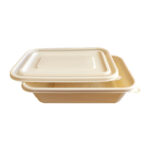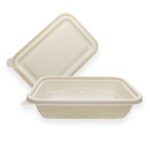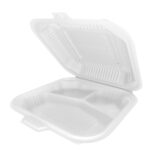Quick Summary
Australia, a key player in the Asia-Pacific region, has seen a significant rise in the demand for sustainable and high-performance food packaging. With an increasing focus on the environment and sustainability, the Australian government has introduced a series of policies targeting the import and usage of single-use plastic packaging, including PET (Polyethylene Terephthalate), RPET (Recycled PET), and CPET (Crystallized PET). These materials are commonly used in the production of food packaging products like cups, trays, and bowls, which are staples in the Australian food service and retail sectors.
This article explores the current policies governing the import of PET, RPET, and CPET materials, along with the challenges and opportunities they present for businesses in Australia. It also introduces Xiamen Dashan’s role in supplying high-quality, sustainable food packaging solutions made from these materials, helping businesses navigate Australia’s evolving packaging landscape.
Introduction to Australia’s Food Packaging Landscape
Australia, with its robust economy and strong consumer market, has become a major hub for food packaging imports, including single-use plastic packaging. The country’s growing demand for convenient, secure, and eco-friendly food packaging solutions has led to an increased focus on materials like PET, RPET, and CPET.
While these materials are widely used across various sectors—including retail, foodservice, and catering—the growing awareness of environmental concerns has spurred the Australian government to introduce policies aimed at reducing plastic waste and promoting more sustainable packaging solutions. This includes packaging products such as cups, bowls, trays, and other single-use plastic packaging items.
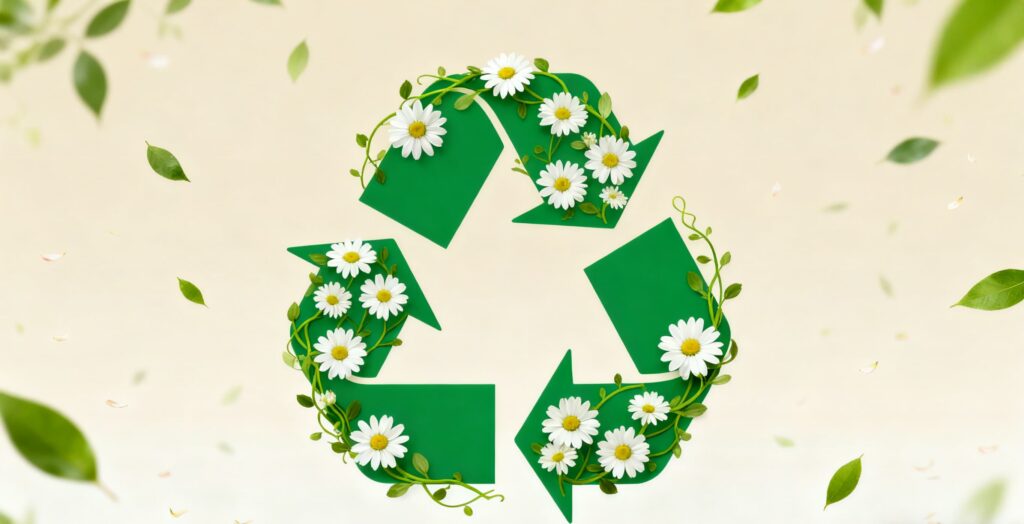
Policies on Single-Use Plastic Packaging in Australia
1. Australia’s Ban on Single-Use Plastics
In recent years, Australia has taken significant steps toward reducing single-use plastic packaging, including food packaging materials made from virgin plastic. Several Australian states and territories, including New South Wales, Victoria, and Queensland, have implemented bans on single-use plastic packaging items, such as plastic straws, cutlery, and certain plastic containers. These bans have made it imperative for food packaging manufacturers to seek alternatives such as RPET (recycled PET) and CPET (crystallized PET), which are considered more sustainable options.
2. The National Waste Policy Action Plan
Under the National Waste Policy Action Plan, which was updated in 2020, Australia has set ambitious targets for recycling and waste reduction. The government aims to reduce the amount of waste sent to landfills, increase the recycling rate, and phase out problematic plastics. This includes the promotion of recycled materials like RPET and sustainable packaging solutions.
The plan advocates for an industry-led approach to increase the use of recycled content in packaging materials, including PET, RPET, and CPET. The plan encourages businesses to invest in eco-friendly packaging options that reduce the environmental footprint, such as packaging products made from recycled or biodegradable materials.
3. Product Stewardship for Packaging
Australia’s Product Stewardship for Packaging initiative, developed under the National Waste Policy, holds manufacturers, importers, and retailers accountable for the end-of-life disposal and recycling of their packaging. This policy is crucial for businesses that import and sell products in PET, RPET, and CPET packaging.
Manufacturers are encouraged to design packaging that is easily recyclable and has minimal environmental impact. In response to this, many packaging companies are increasingly adopting materials like RPET and CPET to meet recycling targets and comply with these regulations.
4. The Australasian Recycling Label (ARL)
The Australasian Recycling Label (ARL) is a key tool used by businesses to provide consumers with clear recycling instructions. This label has become an essential part of food packaging, including for products in PET, RPET, and CPET containers. Brands and manufacturers selling packaging in Australia are encouraged to use the ARL to inform consumers about the recyclability of their products and promote responsible waste management practices.
Australasian Recycling Label (ARL) Guidelines – Australian Packaging Covenant Organisation.
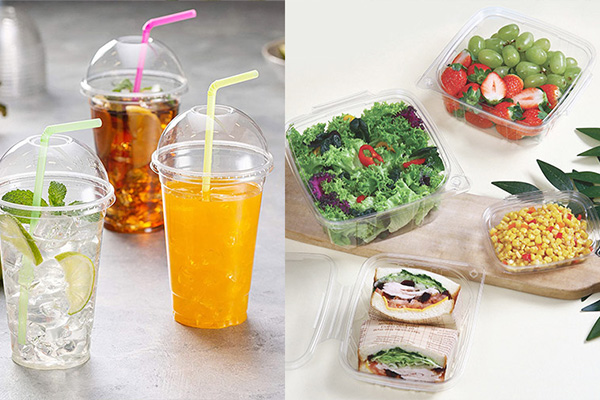
The Role of PET, RPET, and CPET in Australian Food Packaging
1. PET (Polyethylene Terephthalate) Packaging
PET is one of the most widely used plastic materials in food packaging due to its durability, safety, and clarity. PET packaging is commonly used for beverages, fruit containers, and snack packaging. In Australia, PET is a popular choice due to its high recyclability and performance in preserving food.
Benefits of PET Packaging:
-
Lightweight and Cost-Effective: PET packaging is lighter than many other materials, reducing transportation costs and environmental impact.
-
Highly Recyclable: PET is one of the most recycled plastics globally, making it a key material in achieving Australia’s waste reduction targets.
-
Barrier Properties: PET offers excellent moisture, gas, and UV barrier properties, which are essential for food preservation.
2. RPET (Recycled PET) Packaging
RPET is made by recycling post-consumer PET waste. The Australian government strongly promotes RPET to reduce reliance on virgin plastic and increase recycling rates.
Benefits of RPET Packaging:
-
Sustainable and Eco-Friendly: RPET reduces the need for new raw materials and minimizes plastic waste.
-
Same Quality as Virgin PET: RPET offers similar strength, clarity, and functionality as virgin PET, making it a viable alternative for high-quality food packaging.
-
Meets Regulatory Standards: RPET can be used to comply with Australia’s packaging waste policies, as it contributes to the circular economy.
3. CPET (Crystallized PET) Packaging
CPET is a type of PET that has been processed to withstand higher temperatures. It is often used for oven-safe food trays and ready-to-eat meal packaging.
Benefits of CPET Packaging:
-
Heat Resistance: CPET can withstand high temperatures, making it suitable for hot meals and microwave-ready packaging.
-
Recyclable: CPET is recyclable and aligns with Australia’s sustainability goals.
-
Safe for Food: CPET is considered food-safe and does not release harmful chemicals when heated, making it ideal for food packaging.
Xiamen Dashan: Providing Sustainable Food Packaging Solutions
Xiamen Dashan is a trusted manufacturer of high-quality food packaging solutions made from PET, RPET, and CPET materials. We specialize in offering customized packaging products such as cups, bowls, trays, and other food containers that meet the growing demand for sustainable and eco-friendly packaging in Australia.
Our Commitment to Sustainability
At Xiamen Dashan, we are committed to providing packaging solutions that not only meet the highest quality standards but also contribute to a more sustainable future. Our products are designed to align with Australia’s environmental policies, promoting the use of recycled content and recyclable materials.
Key Advantages of Our Products:
-
Customizable Solutions: We offer flexible customization options to suit various foodservice needs.
-
High-Quality Materials: Our PET, RPET, and CPET materials ensure durability, safety, and excellent food preservation.
-
Compliance with Regulations: Our products comply with Australian food safety and recycling standards, helping businesses meet local regulations.

FAQ
1. What is the difference between PET, RPET, and CPET packaging?
-
PET is a durable, lightweight plastic commonly used for beverage and food packaging.
-
RPET is recycled PET that provides the same benefits as virgin PET, but with a lower environmental impact.
-
CPET is a heat-resistant variant of PET, ideal for oven-ready food containers.
2. How does Australia’s waste policy affect food packaging?
Australia’s waste policy promotes the use of recyclable and sustainable packaging materials. This has led to an increased demand for RPET and CPET products, which help businesses comply with environmental regulations.
3. Is PET packaging recyclable in Australia?
Yes, PET is widely accepted in Australia’s recycling system and is one of the most commonly recycled plastics.
4. Why is RPET a better choice for food packaging?
RPET is an eco-friendly alternative to virgin PET, as it reduces plastic waste and conserves natural resources. It also helps businesses meet Australia’s recycling goals.
Conclusion
Australia’s policies on food packaging are evolving rapidly, with a strong emphasis on sustainability and waste reduction. Single-use plastic packaging made from PET, RPET, and CPET materials are key to achieving these goals, offering high-performance, recyclable, and eco-friendly packaging solutions for businesses in the food industry.
As Australia’s demand for sustainable food packaging grows, Xiamen Dashan continues to lead the way in providing high-quality, customized packaging solutions made from PET, RPET, and CPET materials. Our commitment to quality, sustainability, and customer satisfaction ensures that we help businesses thrive in an increasingly eco-conscious market.
References
-
National Waste Policy Action Plan – Australian Government, Department of Agriculture, Water and the Environment. https://www.environment.gov.au/protection/waste-resource-recovery/national-waste-policy
-
Australasian Recycling Label (ARL) Guidelines – Australian Packaging Covenant Organisation. https://www.recyclingnearyou.com.au/arl/
-
Australian Packaging Covenant – Australian Packaging Covenant Organisation. https://www.packagingcovenant.org.au/

